Decoding the new normal of TV media planning
TV advertising had taken a significant hit during the lockdown period, with fresh content coming to a pause, no sporting events taking place and an increasing shift towards digital content consumption. Resultantly ad volumes shrunk as brands re-jigged their advertising strategy.
But as India unlocks, many categories are looking to increase their media visibility. Currently many brands are re-visiting their brand and communication strategy on how they should be most relevant with consumers given the current situation. Regional advertisers across categories like jewellery, clothing, hospitals, retail shops, etc. are back in some of the markets in South.
Also read: 900+ new advertisers & 1,400+ new brands seen in Jun-Jul’20: TAM AdEx
The bullish brands
Kishan Kumar Shyamalan, Vice-President, Wavemaker India, noted, “FMCG, which contributes to 28-30 per cent of the AdEx, will be back with categories beyond essentials. Health & wellness portfolio will see a lot of newer sub-categories and brands on TV.”
Agreeing with him, Amol Dighe, CEO, Madison Media Ultra & Head Investments, saw almost all FMCG categories like Toothpastes, Shampoos, Soaps, Hair oils, Washing Powders, Toilet Liquids, etc., increasing week on week and are expected to maintain the growth momentum on TV. At the same time, he added that other categories in Foods like Milk and Milk beverages, Soft drinks, etc., are also showing a growth in the FCT consumed, even as E-commerce, OTT category, and OTC products, which have been active during the COVID-19 period, expected to continue their presence on TV screens. “Categories like Auto and Cell Phones are expected to come back strongly and we are seeing it in the trends already. These categories were hit badly during COVID-19 and they will look at regaining lost ground,” Dighe added.
Vishal Shah, Managing Partner, MediaCom, expects a lot of the Tech driven sectors ready to join the race to expand their base, which have seen a huge surge in demand during the lockdown period with categories like Fintech, Edutech and Health tech.
Shyamalan added here, “Some of the key e-comm players are back with both offers and thematic communications. Digital-first businesses like e-wallets are back. BFSC is also slowly warming up; you can also see a few auto brands now on TV. Brands who leveraged the lockdown tactically like e-learning will continue.”
He further said, “While consumer durables aren’t yet back and might be waiting for the pre-festive to kick-off, you can expect more and more mobile phone brands battling it out on air. With a lot of action in the OTT space especially direct-to-OTT movie releases, I see them advertising on TV along with digital as a primary media.”
Mamatha Morvankar, Chief Investment Officer, OMG India, opined, “The auto brands, predominantly two-wheelers, may also be another category that will increase its media presence in the Unlock 1.0 phase.”
FCT demand & Ad volumes
There has been a steady growth in the FCT volumes on TV week on week. While the volumes are still to reach pre Covid levels, the coming months will see some categories coming back on TV which were hit badly during Covid and hence the volumes are expected to increase.
Citing latest data, Dighe said that Hindi GEC, Hindi News and some Regional channels seem to be making a comeback in Ad volumes. However, they might take a few more months before they come back to normal levels.
Morvankar, too, said that inventory demand and ad volumes are seeing a gradual increase at a monthly level post the plummet in March-April. “With the original content being shot and telecast in the Southern states, inventory would start picking up in a phased manner, with the South leading the inventory growth. However, we can expect the fluctuations in demand depending on the ground situation across regions and states,” she added.
On the GEC front, it is still a mixed bag as some regional markets will produce original content later than some others (for example, South markets, except Tamil Nadu, will start earlier). With original content slowly back on GECs, one can expect fill levels to go up. “Some of the special interest or niche genres continue to have challenges. Sports will have to wait for live action to bounce back,” noted Shyamalan.
Shah, too, is optimistic about the growth, as he pointed out, “Some of the brands and advertisers are already at 70-80 per cent of their ad volumes currently, as compared to the pre-COVID-19 volumes. While overall TV Volumes show about 80 per cent recovery from about 4.9 lakh minutes pre-COVID-19 to about 3.9 lakh minutes of advertising volume, some proportion of this is driven by the broadcasters advertising and promoting their services. Movies and GEC genres are showing recovery as news channels’ shares have taken a dip in the last week.”
The experts agreed that decline in FCT demand has adversely impacted the ad rates, which was natural as many categories and brands were absent or had a very low presence on TV. Dighe added that the absence of original content has led to a drop in rates in genres like GEC. At the same time, Morvankar said that with demand gradually increasing, the rates will also increase. “We should expect the rates to be inflationary if the demand significantly rises during the festive period,” she added.
So, what is compelling non-essential categories to rejig their advertising efforts? Everything depends on the ground reality of business. Non-essential categories faced a lack of demand due to supply chain, production and labour issues in the lock down and hence, there was minimal advertising from them. As lockdown is further eased and these issues get sorted out slowly, they will have to regain lost ground and will look at increasing their awareness levels. Then there are brands who believe this is the right time to build memory structures in consumer minds and that could be a driver of advertising.
Shah of MediaCom saw cash flow and supply chain management as the two biggest challenges that advertisers are facing and compelling everyone to rejig their advertising efforts. He felt. “There is a fear of resurgence and hence, there are different approaches shaping up. It is not a one-size-fits-all scenario.”
According to Madison’s Dighe, competitive pressure will also be a major factor and hence, they will have to put more effort in advertising.
Morvankar added here that non-essential categories also needed to stay relevant in the consumer’s mind. “With the economy re-opening and the lockdown being lifted, we can anticipate some amount of ‘revenge shopping’, which will positively impact these categories. Content and advertising in the digital space is an opportunity that these categories are trying to capitalise.”
Betting on marquee properties
The experts believe that marquee properties like ‘KBC’ will continue to attract brands as brands will see this association as a positive way to connect with consumers. They also felt that properties like ‘KBC’ can change the trajectory of brands in many ways. They enable strong connections of brands and consumers at many levels.
According to Dighe, marquee properties are expected to do well, especially when there was a lack of original content for months and hence, they will do well. Brands will look at riding on the popularity and the property associations through integrations, etc.
In a similar vein, Shah, too, said that there will be brands and advertisers who will want to associate with premium properties like ‘KBC’, especially in situations like these, when many will come back on air after a break to re-connect with their consumers.
“With no original content and impact properties on the small screens, advertisers are looking forward to these in amplifying their communication, creating the surge in media presence and awareness that these properties can bring,” said OMG India’s Morvankar.
On a different note, however, Shyamalan of Wavemaker India, felt that the immediate demand would be lower than the previous years for big ticket properties. “The reason I feel is because of the advertisers not fully back in business,” he said, adding, “Considering the challenges in offline retail, my guess is that such categories might avoid big investments. However, on the other hand, there are brands with IPL investments unspent. A few of them might look at big ticket properties to be back in consideration, while some of them will wait for official confirmation on IPL to take future course of action.”
When asked about what the TV:Print:Digital media mix is during the revival, Dighe replied that the split could look like 40:32:20:8 for TV, Digital, Print and Others, with TV continuing to be the largest medium, followed by Digital.
Morvankar’s estimates varied to a slight degree at 48:20:32 for TV, Print and Digital media mix during the revival period.
Shah responded by saying, “While this can vary substantially from category to category, COVID-19 is definitely enabling Digital Transformations for many companies and brands, leading to a surge on digital investments in many ways.”



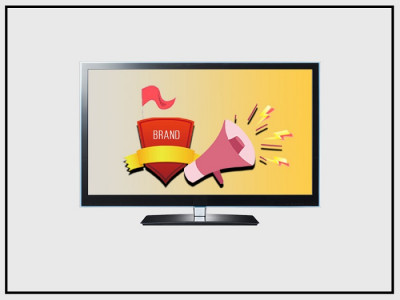
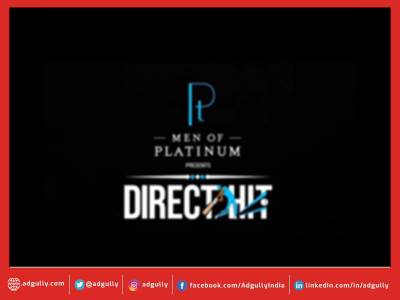


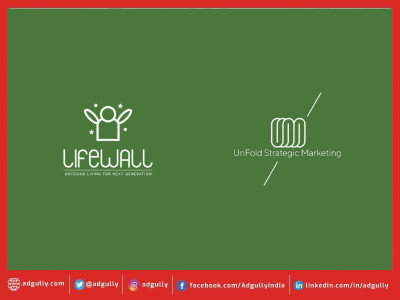

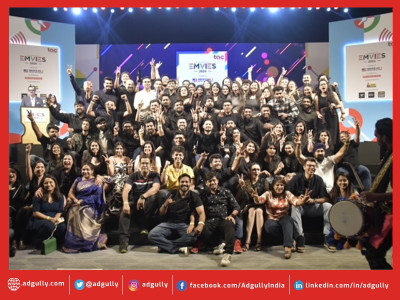

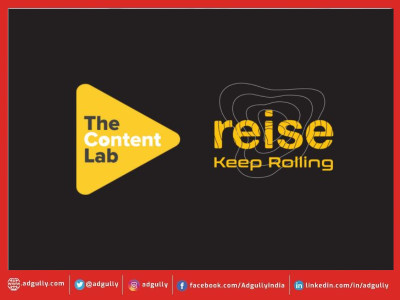


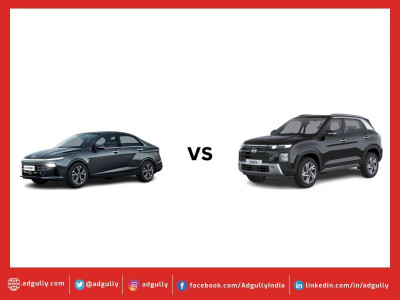



Share
Facebook
YouTube
Tweet
Twitter
LinkedIn